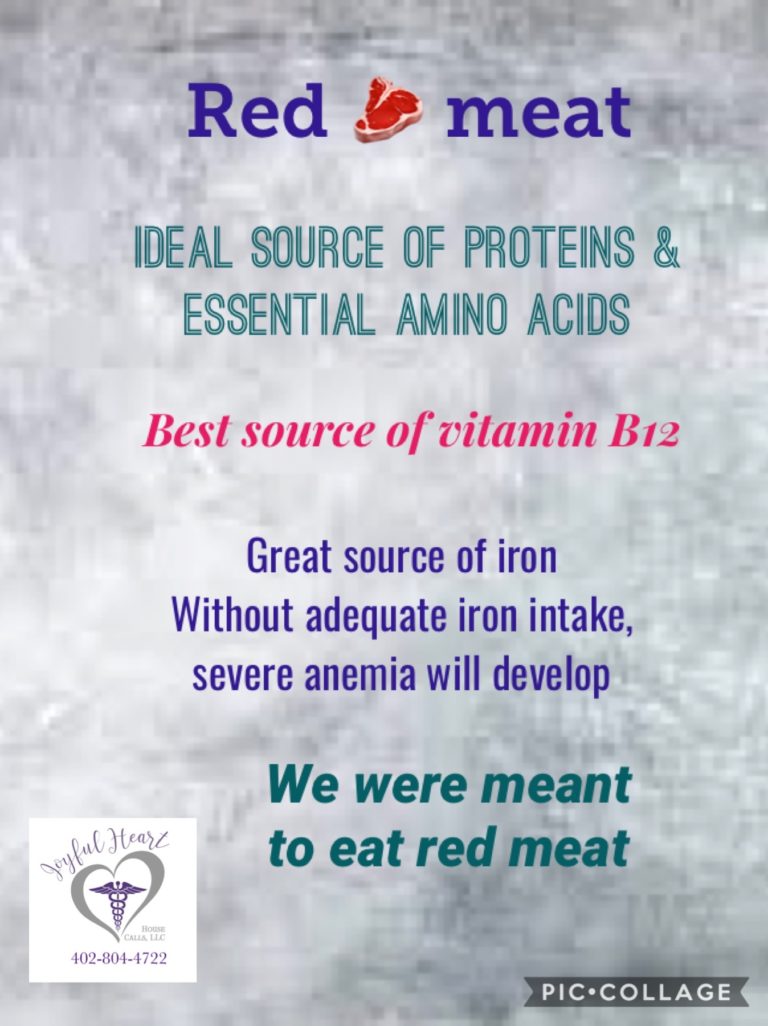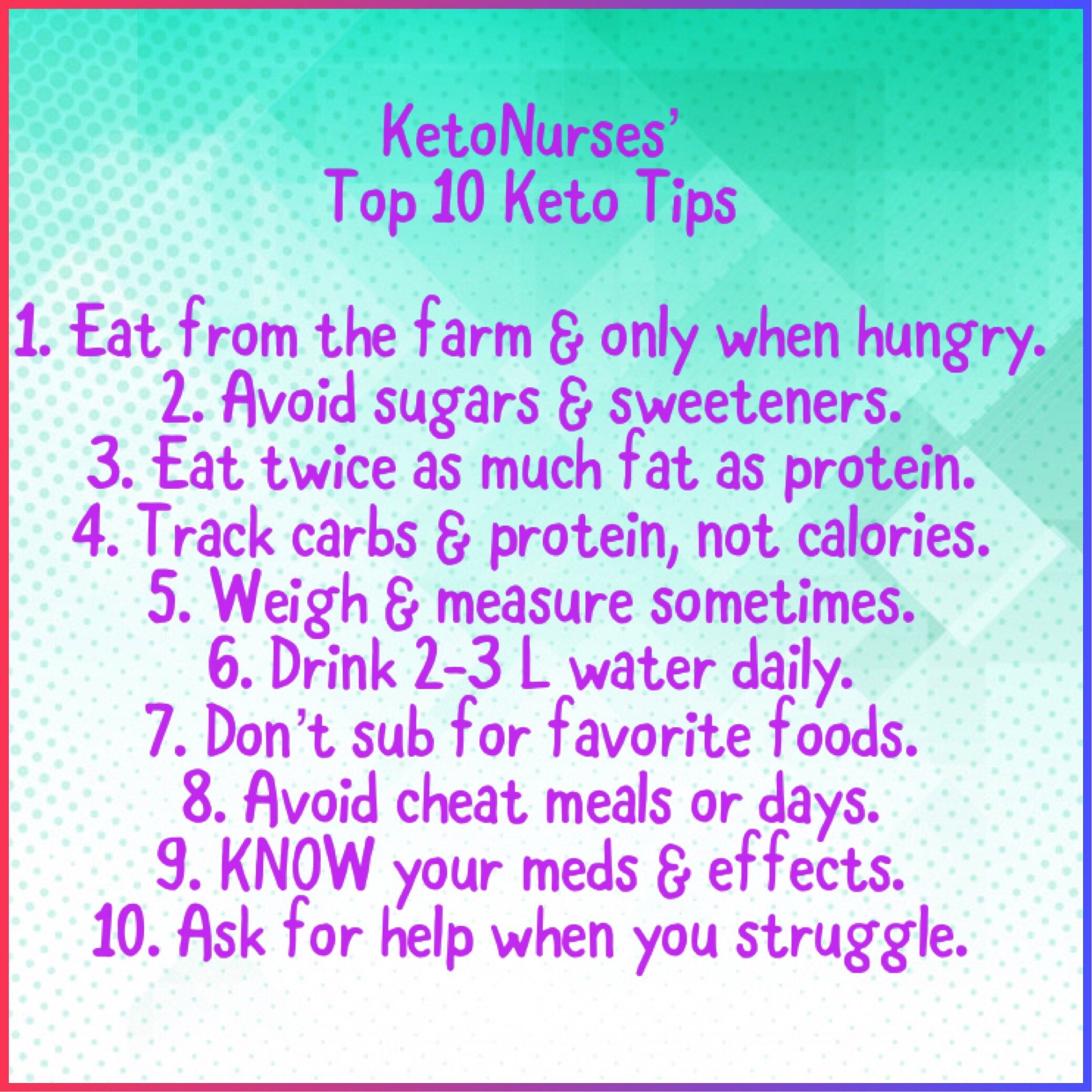Sometimes life impacts our food choices and our intake of processed foods increases, although they may be higher in fat or lower carb. Many times, I get messages, asking for our “approval” to consume off-plan foods like keto breads and ice creams. While some of these foods’ ingredients may be included on the LCHF food list, I strongly encourage people to consume the majority of your intake from real foods. Real meats. Real vegetables. Real fats. Eating from a bag, box or can/jar provides very few essential vitamins and minerals because many manufacturing methods contribute to decreased nutrients. Vegetables contain a lot of micronutrients and phytonutrients our bodies use daily; some have to be replaced regularly. Going days or weeks without any vegetables at all can contribute to a variety of vague symptoms, including increased fatigue, headache, & nausea. There are no magic vitamins in a bottle that can replace your veggies. Meats are strongly encouraged on LCHF as they also contain many essential nutrients, especially red meat – beef, venison, & other wild game. Red meat is about the only source of high quantities of b12 & iron – both of which are essential to our health. Chicken, turkey & pork contain only minuscule amounts of iron,if any at all. Iron is what gives meat its red color, thus the need for red meat. (Yes, vegetarians can eat LCHF, but must pay very special attention to the iron and b12 sources or risk poor health.)
Do not fear red meat. Red meat has been falsely accused of causing health hazards. People survived eating red meat and its fat for centuries before the industrial revolution came along and packaged all our food. Manufacturing processes, including planting, harvesting, & packaging always decrease nutrient density – meaning everything that comes from a company and packaged, contains very little nutrition. Choose real bacon over turkey bacon. Choose 30% fat in burger meat. Choose real butter over margarine. Choose preservative-free foods when possible.
Questions about bacon always surface… LOL Bacon IS best with fewest additives, or if you can find pork belly or side meat, it usually doesn’t have added sugars or preservatives; even so, most bacon is still way better for us than most anything in a bag or box.
Reading nutrition labels and ingredient lists is required reading for truly gaining control over health. Just because a nutrition label says 1.5 grams of carbs per serving doesn’t always mean it’s good for you. Look at ingredients –
Watch for hidden grains, sugars, and dextrin components. There are over
60 different terms that companies use to disguise sugar. Become aware of how companies sneak sugars and sweeteners into their packages. If the 1.5 grams of carbs come from wheat, and you’re sensitive to it, those carbs might send your glucose jumping! And then you’ll battle that glucose spike for hours or even days. Also, remember to check serving size. An example is a 20 ounce soda which is typically 2.5 servings; nutrient info then is NOT for the entire bottle.
Choose water over soda, sparkling drinks, and commercially prepared flavored waters – most of these items contain added sweeteners of one sort or the other and will almost always impact glucose level. Avoid ALL foods labeled as sugar-free and read labels extremely carefully. If it’s sugar free, the company has added SOMETHING to it to make it palatable and desirable. Manufacturers are catering to our “sweet tooth” by making foods sweeter and sweeter; heck, they are even modifying our fruit for maximal sweetness!!
Speaking of fruits… avoid them! In low carb nutrition, we recognize the horrible impact of fruits on our glucose levels. But most people who’ve followed the ADA way for many years are totally unaware that fruit has such an impact. They still believe fruits are good for us, but they aren’t. Only occasional berries – AFTER glucose normalization occurs – are allowed on our LCHF way of eating. If in doubt, perform your own experiment. Test before and after. For experts and such highly educated people to proclaim that fruits and grains are good for us over the past 50 years, is beyond my comprehension. They claim their diet is based on scientific data – tests – measurable numbers. But they’ve never run REAL tests! Their diet is based solely on hypothesis and conjecture. Our way of eating is based on 70+ scientific studies AND thousands of people who live LCHF every day.
Read vitamin & supplement labels! Many contain cellulose, maltodextrin, corn syrup solids, and wheat as binders and fillers; these items will cause elevated glucose levels. Be very wary of any vitamin drink, protein shake, or miracle concoction that promises symptom relief or improved health. Most of these mixes are completely filled with difficult-to-pronounce chemicals, not foods. Even the “all-natural” ones are loaded with sugars. (Just a side note: cyanide & arsenic are natural.) Our bodies were meant to eat/chew food, not obtain empty calories from chemical concoctions. It’s important for the brain to perceive intake, and part of that process includes chewing. Drinking calories totally bypasses that signal to the brain, and so the body can still feel hungry and not satiated, even with hundreds of calories consumed.
Hopefully, these tips will help y’all get a better grasp of how I eat and teach people to eat and how so many people are able to drastically reduce glucose levels and lose weight. If you are at a stall — your glucose just won’t fall any more, or your weight just isn’t budging — it may be time for re-evaluation of your intake; take a real look at the packaging you’re eating from. Look at all labels. Look at all ingredients. Look at serving sizes. Eat fresh or frozen veggies – without added sauces and such. Canned veggies can be ok – but always check labels.
Record all intake and verify nutrient info in your app with google or label on package. The more accurate your info, the healthier your intake will be. Many apps are “editable” by users – meaning you could enter data that says your avocados only have 1 gram of carbs per avocado – very untrue. But if that’s what you select in your app, your numbers will not be accurate and it will show in your glucose level — but you will be posting about how frustrating it is to eat from the list but still have high glucose.
If you’ve reached a stall, you should also re-evaluate your macros – the fats, proteins, & carbs – you’re consuming. There are many methods of identifying ideal weight, but this is the one I use. For the first 5 feet, one is allowed 100 pounds. For females, we’re allowed 5 pounds for every inch over 5′. Males are allowed 6 pounds for every inch over 5′. Divide your ideal weight by 2.2 and this will give you an approx protein need for you at your ideal weight. This is the number of grams of protein you’ll need in one day, and should be approx 15-25% of calories you consume daily. Divide this number of grams by the number of meals you typically have daily and then you’ll know how many grams of protein you’ll need in one meal; also remember that on average, there are approx 7 grams of protein in 1 ounce of meat. For instance, a 4 ounce filet would contain approx 28 grams of protein for one meal of your day.
To determine your fat needs, double the number of protein grams per day. For example, if your protein needs are 56 grams per day, you should need approx 112 grams of fat in your meals daily, preferably evenly divided over all meals.
For a female who is approximately 5′ 5″ tall, her protein needs would be approx 57 grams per day, and fat needs would be approx 114 grams per day. 20 grams of carbs would be the maximum allowed. Now, to calculate how much of this is CALORIC intake percentage, we have to convert grams into calories. Carbs provide 4 calories per gram, so for our female client here, that would be 20 x 4 = 80 calories. Protein also provides 4 calories per gram, so this lady would consume 57 x 4 = 228 calories of protein daily. Fats provide 9 calories per gram; 114 x 9= 1,026. Total these: 80 + 228 + 1026 = 1334 calories per day. Then, figure percent of caloric intake: 80/1334 = 6% of intake comes from carbohydrates. 228/1334= 17% of calorie intake is from protein. 1026/1334 = 77% of calories will come from fat. To calculate YOUR needs, follow this example carefully, & you will figure your grams and percentage of calories quite easily.
If you use current weight or too high of an ideal weight to determine your macro needs, you’re likely to reach stalls and plateaus, becoming frustrated. If you’re very active, your protein needs will be a bit higher; if you’re pretty sedentary, your protein needs will be a bit less.
I realize I’ve rambled on far too long, now. Sorry about that. I just wanted to share some of these tips because I see many of you struggling with these concepts and questions.






